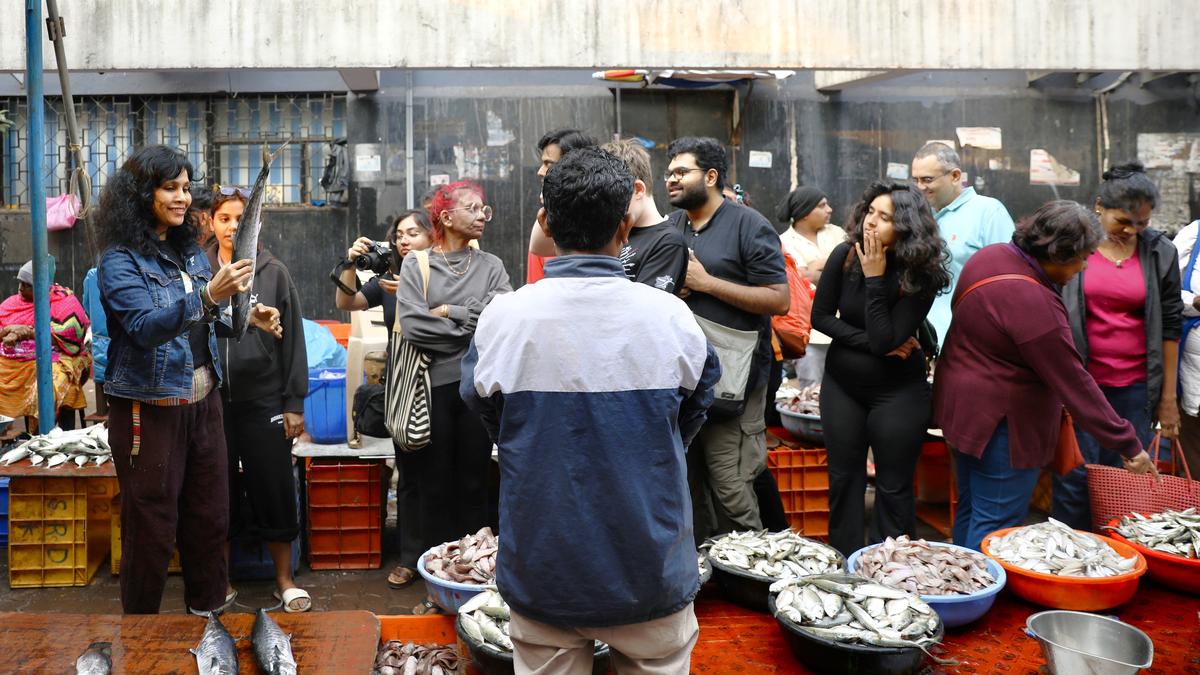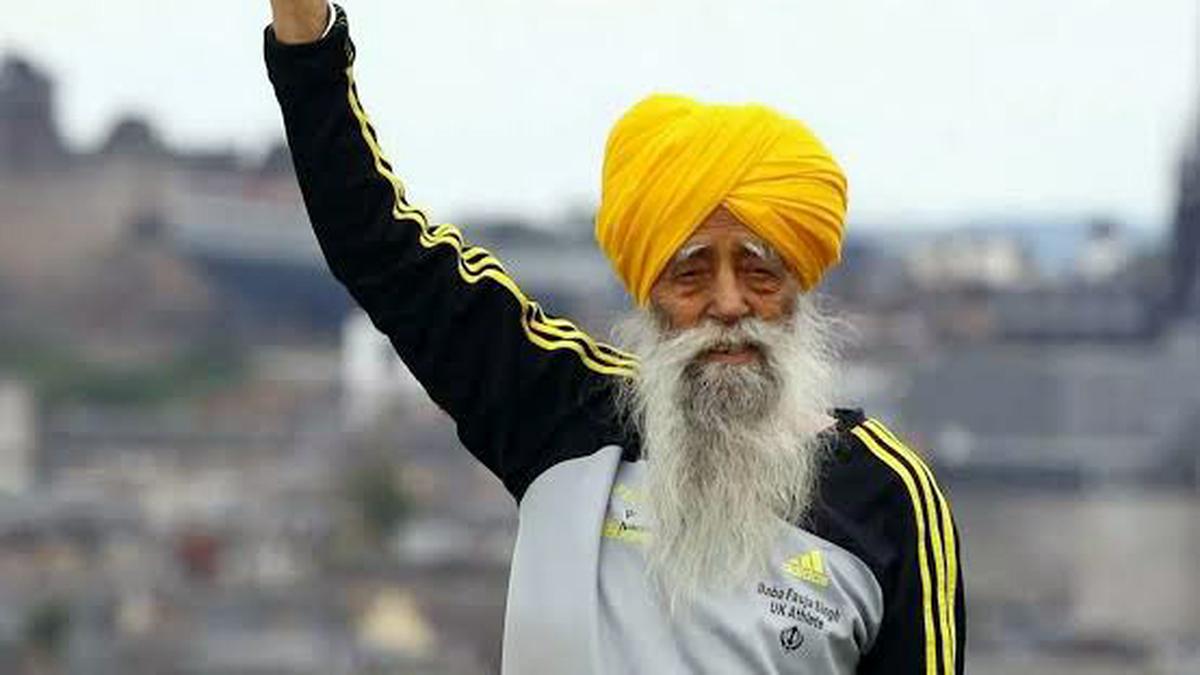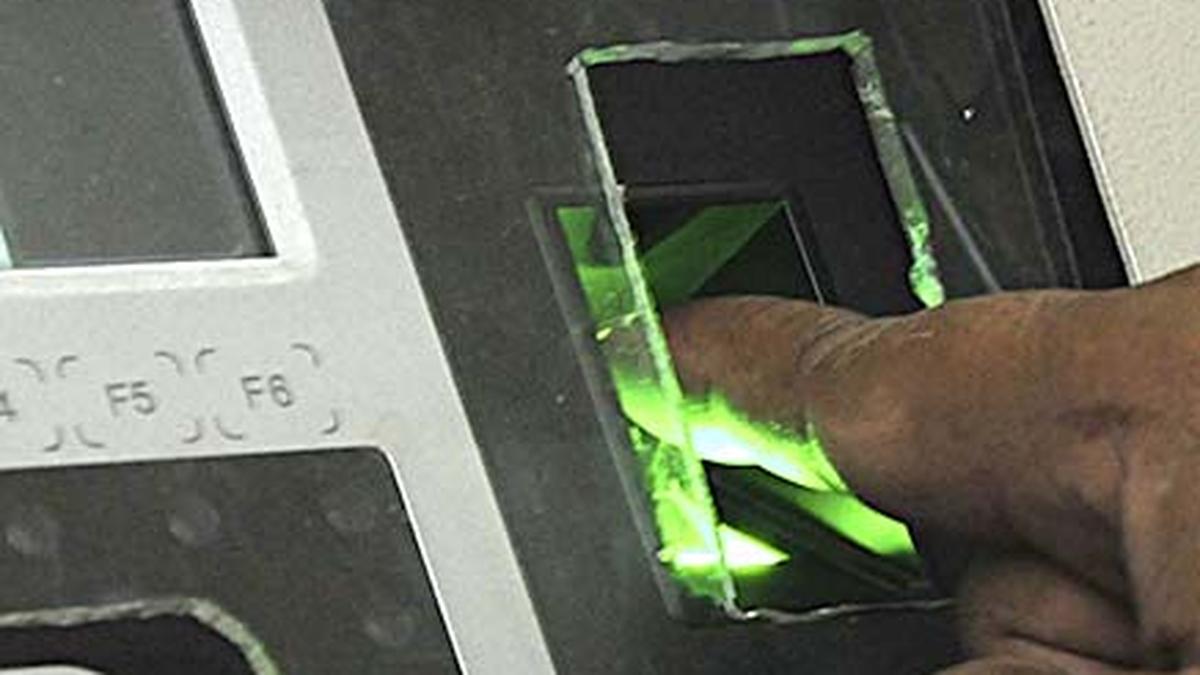
A ‘Secret Market Walk’ by Assavri Kulkarni (far left) as a part of the Serendipity Arts Festival 2024.
Pimples? There’s a fish for it. Eye infections? Another fish. Need a face pack? Try some scales. There’s a fish for every reason, and season.
This is the biggest takeaway from fashion photographer Assavri Kulkarni’s recent project, Recipes of the River. “It’s a documentary on the fishing communities who live by the river and sustain their livelihood, and a compilation of their traditional knowledge,” she says.
It is a conversation about fish with her daughter that set Kulkarni on the path to the documentary. “The whole community’s knowledge is getting lost,” she says. Kulkarni belongs to the fishing community, and her knowledge was obtained by just following her family to the fish market and listening to them speak. “It was not taught… they just spoke about it and we could absorb what we wanted.” As a part of the research, she’s been focusing on documenting the seasons as “everything is done according to the season”.
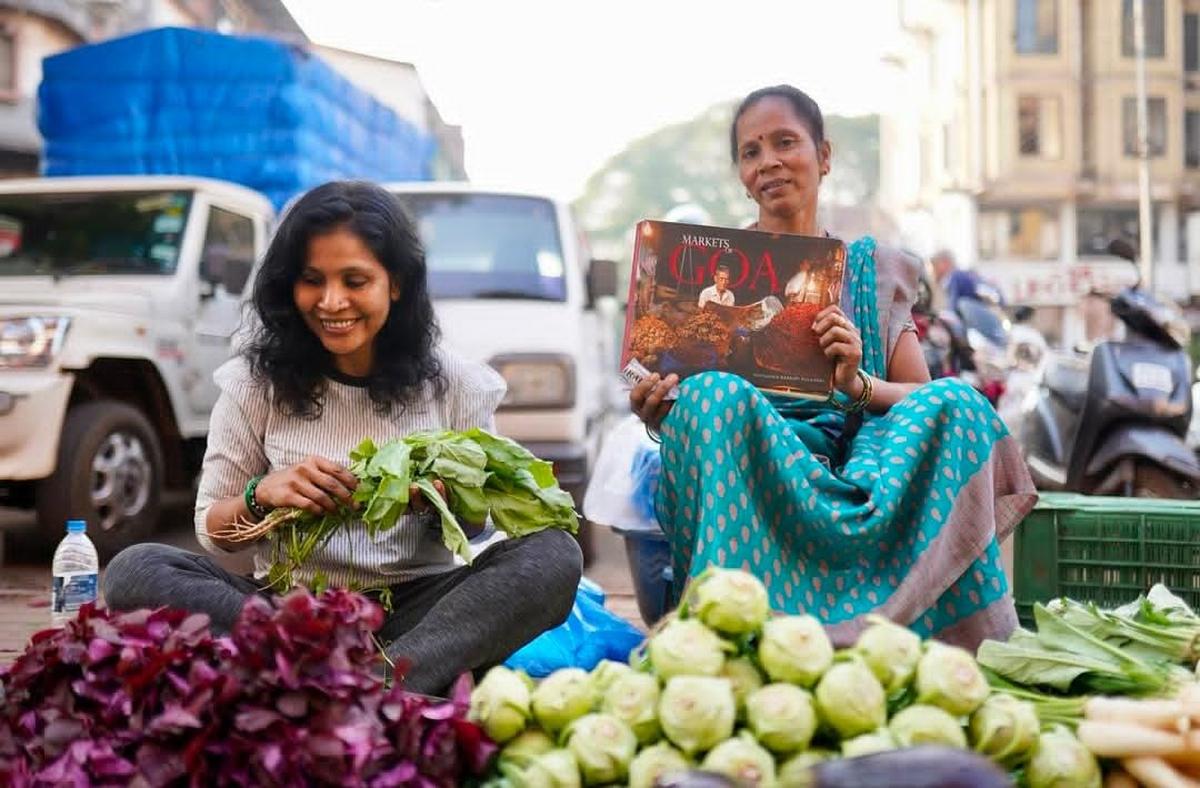
Assavri Kulkarni shares insights into the local, seasonal produce of Goa.
Kulkarni has been researching for two years, speaking to elders in the community. “They don’t know English and haven’t studied, but they have so much knowledge to share. It’s as if they’ve done a Ph.D on fish. They know the tides and the waters, which fish are migrating and which haven’t come,” she says. For instance, certain fish are not consumed during the breeding season, allowing them time to propagate. Shellfish aren’t eaten during the monsoon as they can affect the stomach. “Everything is related to the moon cycles. They follow what fish to eat as per it.” It is why they don’t harvest crab during the full moon as the crabs will be empty (they are moulting at the time).
A feast for the senses
Kulkarni’s father has been an invaluable resource in her research, and she has even followed him to sea. “My father says in the next 10 years, there will be no oysters or clams. The water is changing, the sea bed is dying because it is getting covered with waste and cannot breathe,” she says. Climate change and pollution have changed the industry.
“Our community worships the sea, and Vetal, the god of wind and sea. On Nariyal Poornima, we offer a coconut to the sea before starting the fishing season. It is our way of giving gratitude and asking for a good year and business,” says Kulkarni. She shares more such tidbits with participants during her hour-long session at the Serendipity Arts Festival in Goa last December.
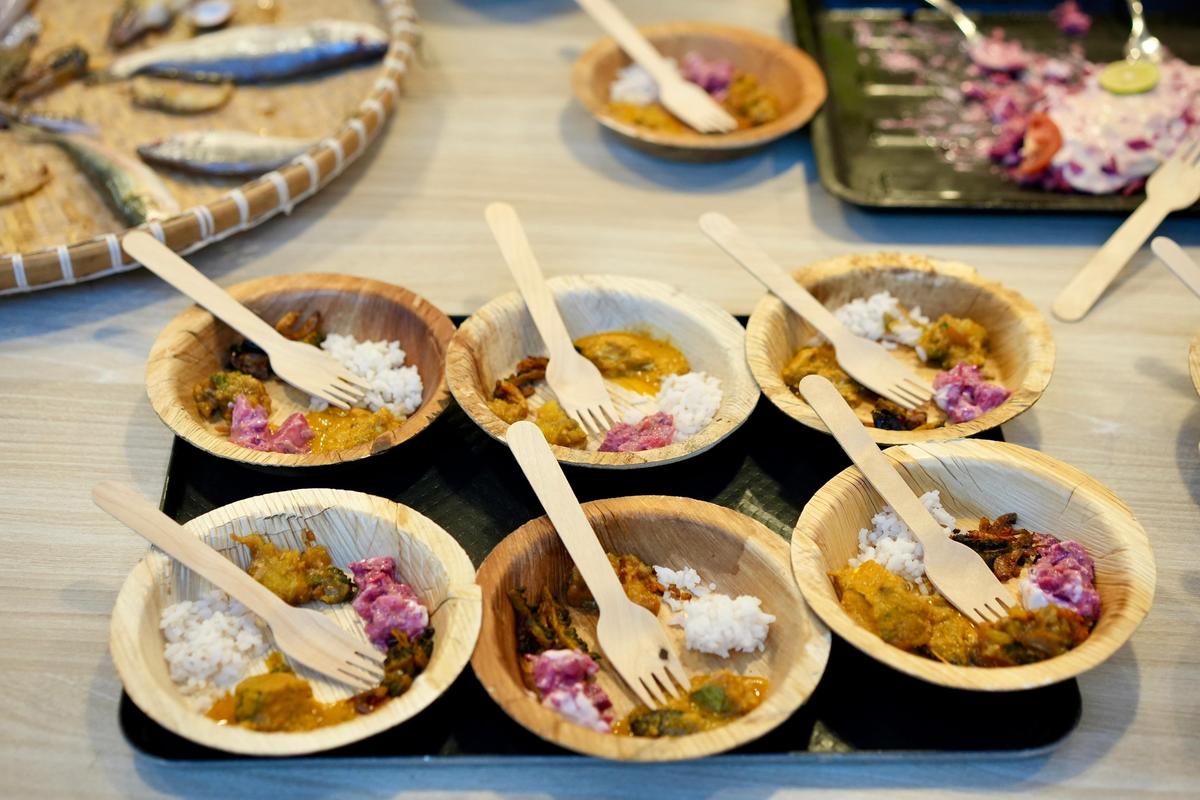
From a ‘Recipes of the River’ workshop by Assavri Kulkarni at Serendipity Arts Festival 2024.
Bringing a basket with different river fish, Kulkarni speaks in detail about each one. “The more scales on the fish, the healthier it is for you… it is why river fish is widely eaten here. My grandmother would use the scales of the xevto [striped grey mullet] on the eyelids when we had a stye, and on pimples, and it worked like magic. A handful of dried prawns taken daily can help aid the recovery of sprains or ligament tears,” she says.
At the end of the session, Kulkarni serves up a feast — fish mayonnaise (the salad is a staple at Goan Catholic weddings and is served shaped like a fish), karela kismur (bitter gourd with coconut and chilli), pumpkin and dried prawns bhaji, and a fish curry.
Kulkarni’s project is even more important at a time when fish is being eaten out of season. Varieties such as chonak (barramundi) are now farmed because of their popularity, and the catch is typically frozen and not eaten fresh. “This [her art/photography] is the weapon I have to showcase what Goa has and what Goa needs to preserve,” she signs off.
The writer is a freelance journalist and editor from Goa.
Published – August 01, 2025 07:15 am IST
